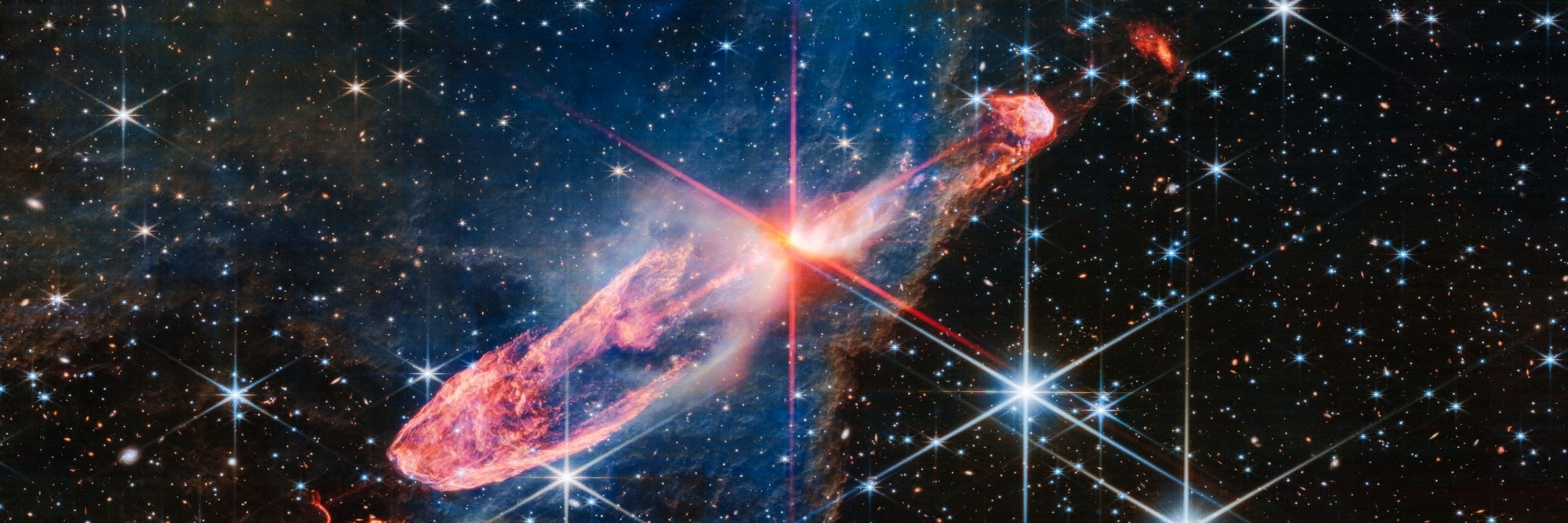Kelly Lepo
@kellylepo.bsky.social
3.2K followers
340 following
1.1K posts
Astronomer | Science communicator | Adult Lisa Simpson
Education and Outreach Scientist at the Space Telescope Science Institute (@stsci.edu) supporting JWST.
Personal account — Views are my own
Also on Mastodon: @[email protected]
Posts
Media
Videos
Starter Packs
Reposted by Kelly Lepo
Reposted by Kelly Lepo
Reposted by Kelly Lepo
Reposted by Kelly Lepo
Reposted by Kelly Lepo
Reposted by Kelly Lepo
Reposted by Kelly Lepo
Reposted by Kelly Lepo
Reposted by Kelly Lepo
Reposted by Kelly Lepo
Reposted by Kelly Lepo























